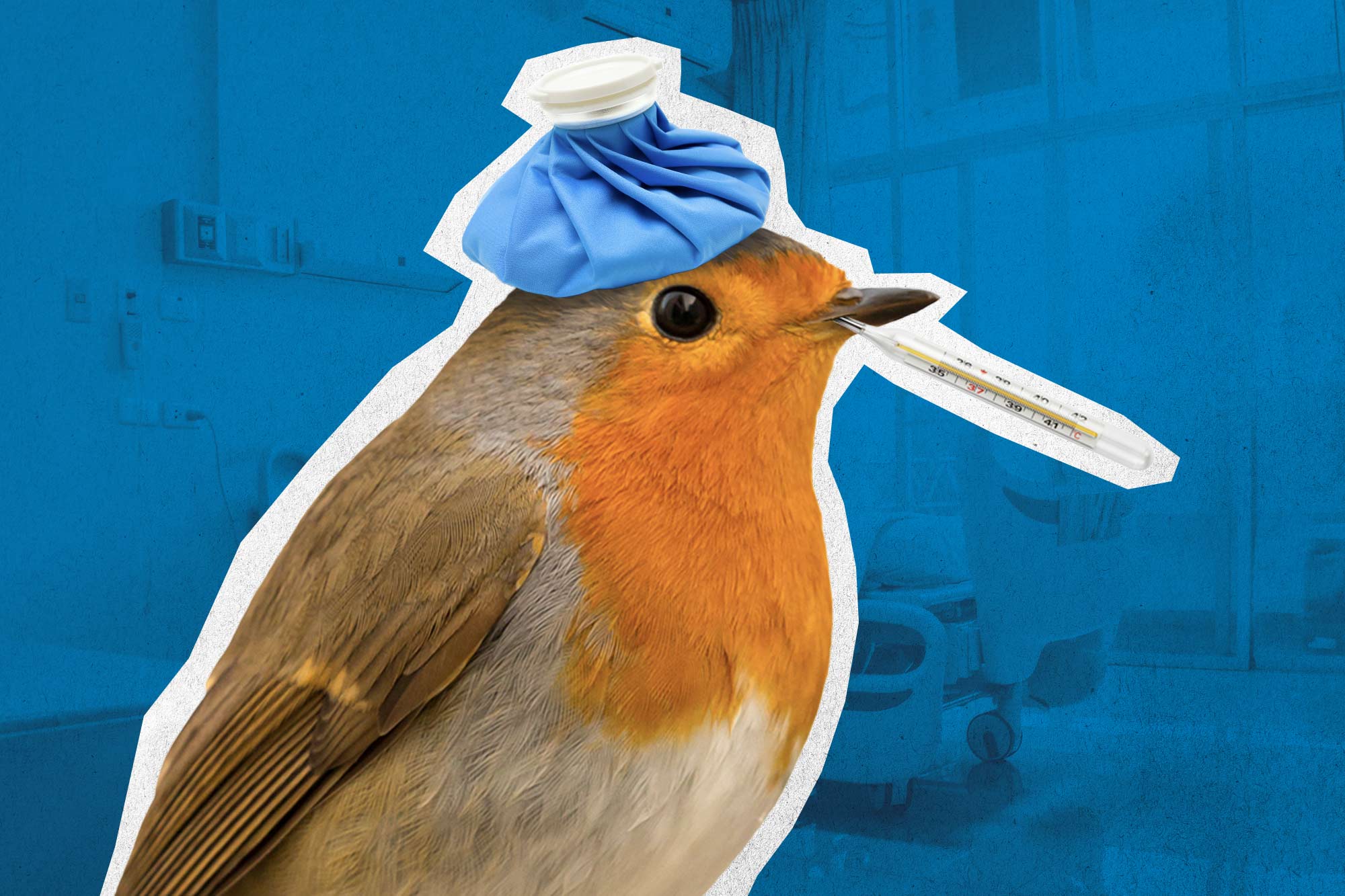Jackson talked about the virus during a Friday morning internet briefing that UVA Health held for news media.
Officially known as avian influenza A (H5N1), the virus is spread through bird saliva, mucous and feces. The virus can spread to domestic birds and other animals. Human infections can happen when enough virus gets into a person’s eyes, nose or mouth, or is inhaled, but – and this is the key – it is extremely rare for it to be transmitted from one person to another.
The Texas man’s case is the second reported case in the U.S. of humans catching the current strain of avian flu. The other case occurred in Colorado in 2022 and involved a chicken farmer culling birds infected with the virus.
There have been more cases around the world, but only in small numbers, according to CDC figures. In February, four people in Cambodia were reported to have avian flu, including three children. One died.
“All patients reportedly had a history of recent exposure to sick or dead poultry prior to their illness,” the CDC stated. “Currently, there is no indication of person-to-person spread associated with these four cases of H5N1 virus infection in Cambodia, and they are not thought to pose a threat to the health of the U.S. public.”
Jackson, the Texas health department and the CDC all agree that for most people, the virus poses little danger. Pasteurization of milk, and dairy farmers destroying any milk taken from ill animals, should limit that possible transmission route.
Poultry farms often destroy flocks of chickens that have been exposed to avian flu as a means of stopping the virus’ spread and protecting customers.
Still, state and federal health officials and infectious disease physicians are keeping tabs on the virus out of caution.
“Humans are always at risk for new infections, in part because we live in close proximity to animals. Plus, the human population is increasing and we travel much more efficiently, so it’s quite easy for a new infection one place in the world get to other places in the world,” Jackson said.
“A viral spread from animals to humans is essentially how every pandemic in history has occurred. In fact, we likely saw that with COVID-19 just recently,” he said. “That being said, the simple fact that one individual human was infected with this virus doesn’t mean that it’s well-adapted to spread from human to human and cause a big problem right now.
“As long as we’re doing what we can to monitor the situation and to make appropriate preparations, I don’t think there’s any reason for people who are otherwise at normal risk to be particularly alarmed about this,” he said.






